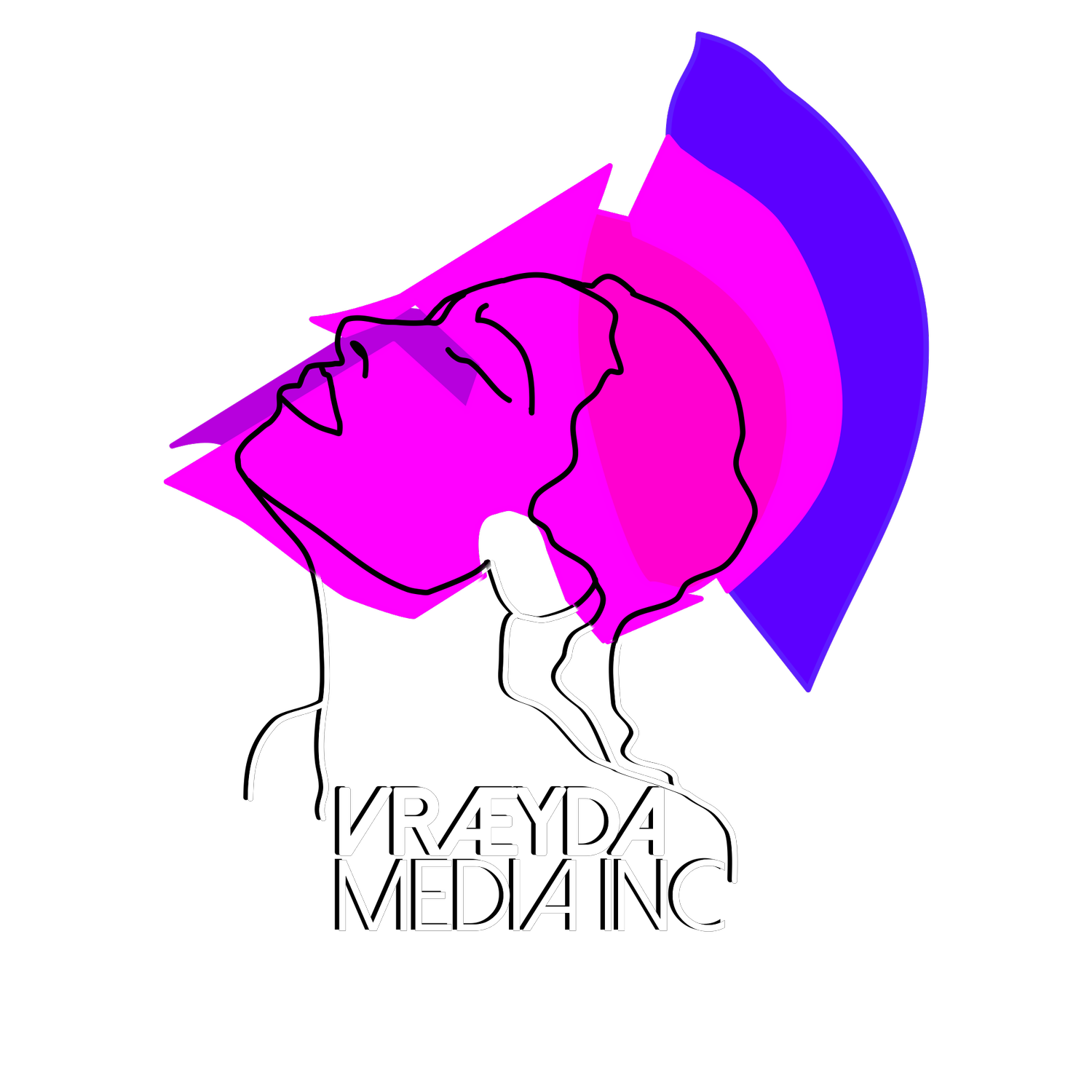Worldbuilding with monsters Pt. 2
Let’s look Deeper into monsters and myths for our worldbuilding
Myths and legends aren't static tales trapped in the past. These fantastical creatures serve as vessels for transmitting important cultural knowledge. Take the Japanese Yokai. These diverse spirits warn of natural dangers, enforce moral codes, and even represent social anxieties. Oni, ogre-like creatures, are said to bring about disease and disaster, while Kappa, the water imp, cautions against venturing into deep waters. Across the globe, we find similar patterns. These narratives aren't just entertainment, they're vital tools for cultural transmission, ensuring valuable knowledge persists across generations. In your worldbuilding, keep in mind which is a monster, which is a myth to some, and which is a fact to others.
Anthropologically speaking, David Wengrow argues that during the Bronze Age, the spread of monsters was linked to new trade routes and cultural mixing. This sparked anxiety and language difficulties.
“Creating monsters is a way of channeling our cultural and political fears into tangible forms, into objects of loathing and dread. Monsters might not seem like helpful memes because they frighten us and increase stress, but they are almost always part of a larger cultural cautionary tale. The monster plays an important role in norm enforcement.”
Some anthropologists theorize the Centaur in Greek mythology was a negative portrayal of nomadic horse-riding cultures. Their customs, strange and alien to the Greek City States around the Aegean, created a monsterification of the people outside their culture. Other theorists wonder how many monsters were originally confused games of ‘telephone’ when all they had to go on was a story told by a woman down the street, after hearing it from her brother, who heard it from a trader, who relayed it from another trader, who didn’t know how to indicate cultural and social differences in a way people “back home” would understand. Where and with whom does this happen in your world? And, what if it’s actually true?
Gods inevitably start as nebulous and unknowable forces. Monsters are similar, many have their beginnings in obvious dangers or genetic memory of the dark, the cold, the death. While this unknown brought about entrenchment in some of humanity and exploration in others, it still came with the penchant for creating monsters to defeat or explain tragedy, danger, or patterns in the natural world. When do these nebulous unknowable forces and monsters become real in your world? When does that precarious rocky cliff wake up into a giant made of stone, proving a scoffed-at myth to be true? When do misperceptions of a creature lead to what was once a friendly or indifferent attitude to one that is hostile?
Here on Earth, monsters often represent ancestral aspects of the human psyche, warn of the Other, and as central comparisons to ourselves.
EX: Grendel & Grendel’s Mother in Beowulf. Grendel is a dark often parallel shadow representation of Beowulf’s monstrous fighting style/adequacy in battle, but nobility in bearing. There is a monster inside every man.
Most religions drifted from animism to polytheism, according to religious anthropologists. Animism as the early origin of belief includes the idea that everything has a spirit/soul. The trees, the water, the air, and the birds all have soul or spirit. The deer hunted and eaten has a soul or spirit to appease. This sense of all-soul creates a situation where humanity defines itself through the stories we tell, and helps define early monsters. The initial animistic origins developed over time in many cultures to a polytheistic one, where specific deities became in ‘charge’ of certain tree species, animals, weather patterns, or seas. This progression is often attributed to the human development of technology bringing safety and a sense of burgeoning or growing control. Where one can only hope to appease the individual spirits of an animist belief, a polytheistic deity can, hopefully, be reasoned with for mercy or vengeance. Yet, the fears remain. Monsters remain as quests heroes can conquer and thus gain control over a terrifying, capricious world.
Not all monsters in your world need to be obvious or some form of standard creature. Give them a history, a myth, or a legend built by those who first encountered them back in their own early ancestry. Give temperamental life to bits of your world terrain or natural events. Let the storm cloud really be angry. Is it merely an elemental, or the spirit of a powerful druid, betrayed to death coming back for vengeance?

